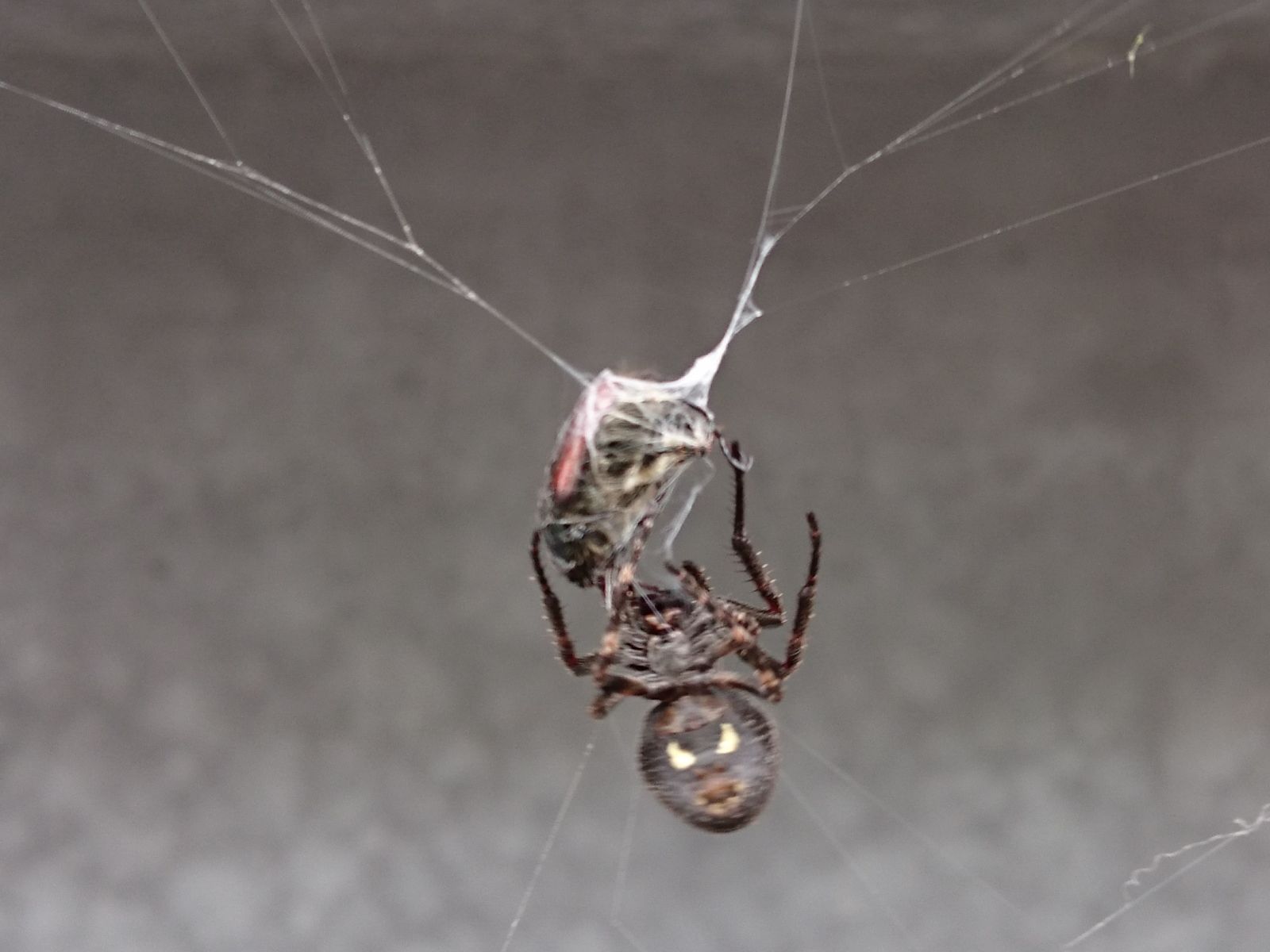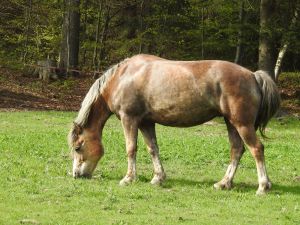Given how all these organs are important and vital, it really makes one wonder why they are only protected by a soft abdominal wall. From these only liver has meaningful ability to repair itself.
Liver is, as you surely know, the main chemical factory of the body. Any chemical that gets absorbed into the bloodstream in your gut will go through it – thus the huge Vena cava inferior in which this nutrient rich but oxygen depleted blood is subsequently drained via hepatic veins. These veins are allegedly the reason for abdominal pain when exercising right after a big meal – there is a competition between blood flow through the liver and through the muscles and that leads to the veins having spasms. It is also the reason why I am sleepy about half an hour after a big meal – the liver stops most of the blood by expanding its veins, the blood pressure drops, I gets dizzzzzz…..
However that means not only food, but also every toxin you ingest, has an effect on your liver. That is the reason why liver has such an ability to recuperate or even regrow. It is an organ under huge pressure and essential for life.
We were told during our courses on toxicology that it was selective pressure that is possibly responsible for people of european descent having higher tolerance of alcohol than people of oriental descent – ever since the alcohol was discovered in the Mediterranean and Middle East regions, people of those and neighbouring regions were indulging in drinking a lot of wine and beer. Those who did not have the right types and ammounts of alcohol dehydrogenase enzymes in their liver to deal with it with least adverse effects died sooner, thus exerting selective pressure on the population.
I do not know whether it is true, but there is similar correlation in lactose intolerance. It does sound plausible.

























